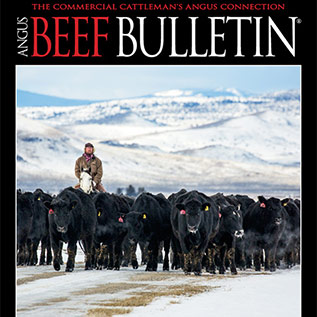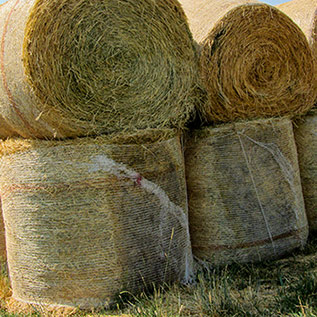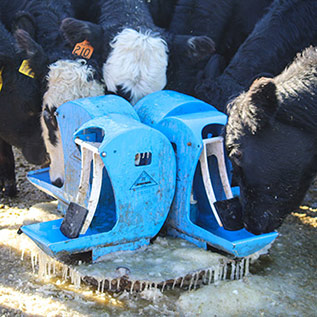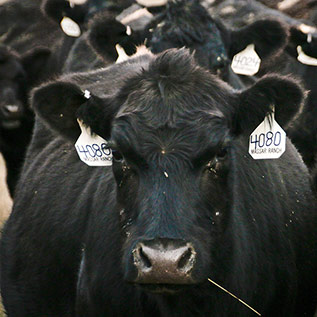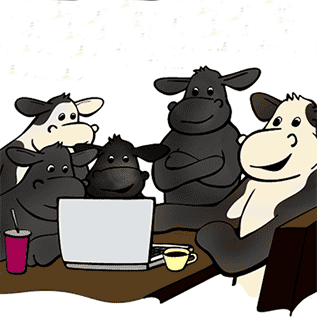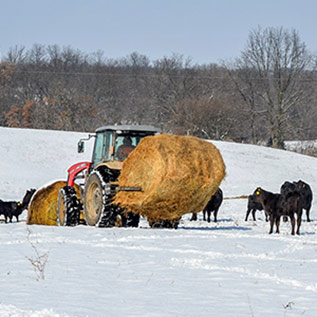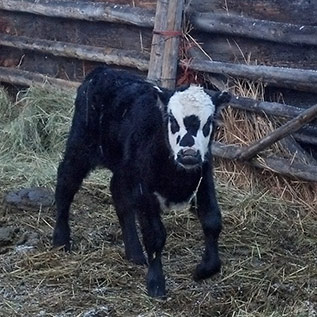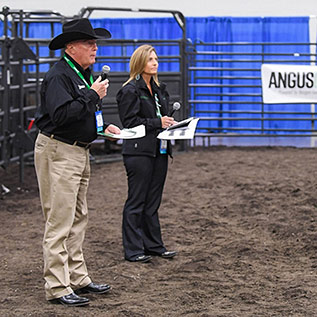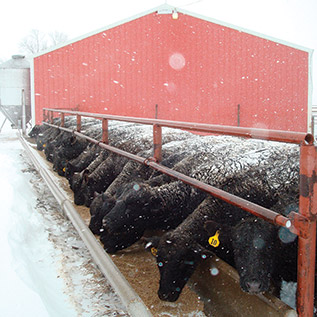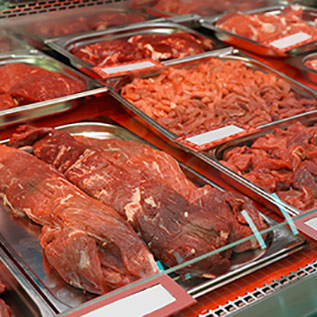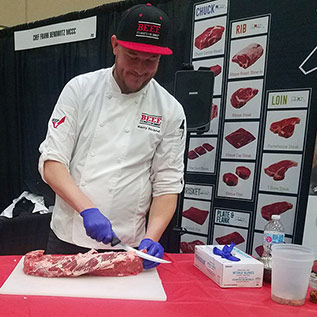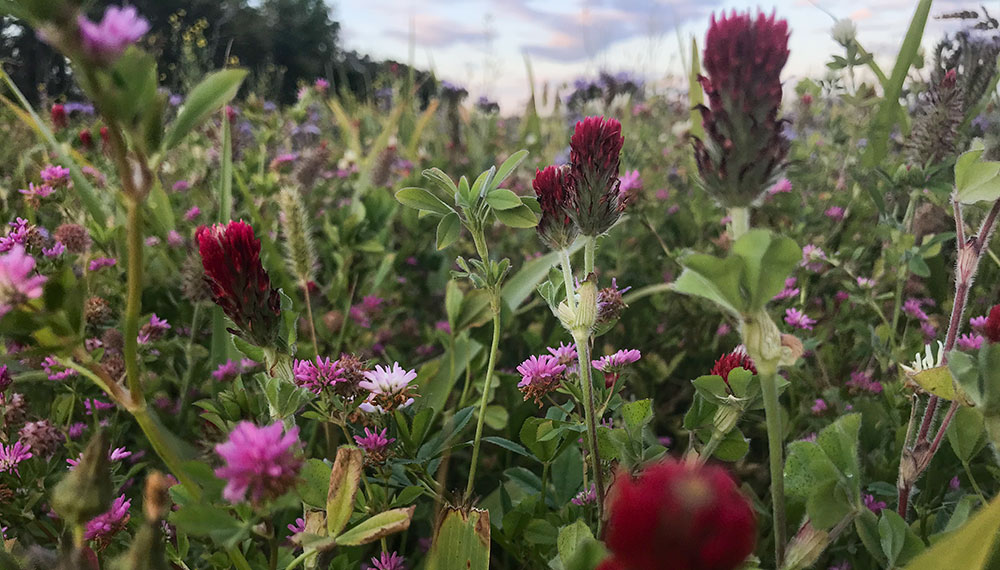
Annual Crops Can Extend Grazing
If forages are few, try annual crops to extend grazing season.
Above: A cover crop containing clovers can be planted as a grazing supplement. [Photo by Kevin Elmy] |
Some years, native pastures and hay aftermath don’t produce as much forage as we’d hoped, especially if there’s not much rain in a region where producers don’t irrigate.
In dry climates ranchers often run short on late summer and fall pasture, since productivity of cool-season perennial grasses diminishes during summer heat. One strategy to increase forage production is to grow annuals like cereals and brassicas.
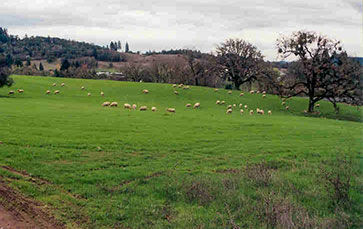 |
Winter rye, winter triticale or winter wheat can be planted in late summer as a dual crop, growing enough to be grazed in the fall, and again the next spring. [Photo by Shelby Filley] |
Kevin Sedivec, professor of range science at North Dakota State University, says species traditionally used as cover crops in a farming system — turnips, radishes and other brassicas in combination with cereal crops and warm-season forages — can often supply late summer and fall grazing into winter. These can be planted in early to mid-summer. Other options for late fall and winter grazing include winter cereals.
Winter rye, winter triticale or winter wheat can be planted in late summer as a dual crop, growing enough to be grazed in the fall, and again the next spring.
“We seed those in early September and they can be grazed mid-October through early December, depending on how many animals are on it and how good the stand is,” he explains.
“These crops regrow enough to turn cattle on them early. Cattle can graze winter wheat and winter rye stands until they joint, and then let it regrow for a grain crop (or rye hay) later in the year. If it’s winter triticale, you’d graze it in the fall, graze again in the spring, then put another crop in, but wheat and rye could be harvested as a second crop for grain. If your plan is just to graze, however, and then plant with a new crop like soybeans (following winter rye), you could graze it longer in the spring,” he says.
He says if you follow winter rye with a warm-season crop like soybeans, corn or sunflowers, you can graze it completely. Then you could drill the next crop into it, and terminate the rye crop with the appropriate herbicide. It all depends on your future plan.
Many areas are short of hay this year, so some ranchers are looking at what to do next year to get their hay supply built back up, looking at options regarding forages — whether a warm- or cool-season crop.
He recommends planning how to manage grazing lands to get by next year, based on what crops are available right now, herbicide carryover, costs, etc. The costs of planting vary, depending on what is being planted and when.
“The nice thing about winter cereals is that they are not very expensive to plant, especially rye. That could be a good alternative for fall and into the next spring. Rye is almost always an economic option for planting, compared to some of the cover crops,” says Sedivec.
Consider your options for next spring. “You could put in a cool-season crop like rye or any kind of cereal in April, since these are fast-growing plants. This could provide grazing for May and June. Turnips or radishes could also be planted with the cereal crop very early for spring grazing,” he says.
If a producer has just come through a year when forage production was short, it’s wise to start looking at what could be planted early, and have a plan for summer annuals, as well, to provide more forage and extend fall grazing.
For spring grazing Sedivec suggests planting early with a brassica and rye (or oats) mix. These can produce a lot of biomass in a short time.
“If you can get into your fields in April to plant, this would be a great option,” Sedivec explains. “You can graze it well into June, which would allow you to rest native pastures and let them recover in the spring. An annual cool-season crop planted in April to provide grazing through June could be a great alternative. Otherwise the only option is to keep feeding hay, and that’s an expensive option, since many people here will be short on hay.”
Editor’s note: Heather Smith Thomas is a cattlewoman and freelance writer from Salmon, Idaho.



